Reportar esta entrada
Más sobre la misma comunidad-colección
Edificio Rematado Hotel Plaza en 1976
This picture was taken in 1976 and captures the moment when the ...
Escultura de Lagarto con palomas - El Paso, Texas
The photograph shows a part of the fiberglass sculpture by Luis ...
Plaza San Jacinto navideña - El Paso, Tejas - 2013
This photograph captures the Christmas lights on San Jacinto ...
Reloj Antiguo de San Jacinto Plaza
This clock is installed on San Jacinto Plaza. The inscription in ...
Sculptura de los Lagartos - El Paso, Texas
The photograph shows the fiberglass sculpture by Luis Jimenez, ...
Techo y una lámpara de araña en el Teatro Plaza
This picture was taken in the Axelson Grand Lobby of the Plaza ...
Bernice Dittmer Doner Salón en el Plaza Teatro
This picture was taken in the Bernice Dittmer Doner Salon in the ...
Detalle del techo en la Plaza Teatro
This image captures a detail of the intricately painted ceilings ...
Axelson Gran Vestíbulo en el Plaza Teatro
This picture displays the Axelson Grand Lobby. It is marked by ...
Kendle Elizabeth Kidd Performance Hall en Plaza Teatro
The performance hall of the Historic Plaza Theater is named in ...
Biblioteca Principal desde el exterior
This new building is in El Paso, Texas. This picture from 2008 ...
Gafas frente a Nueva Biblioteca Principal
These large glasses were installed in front of the new main ...
Dentro de Biblioteca Principal
This picture was taken inside the new Main Library on Cleveland ...








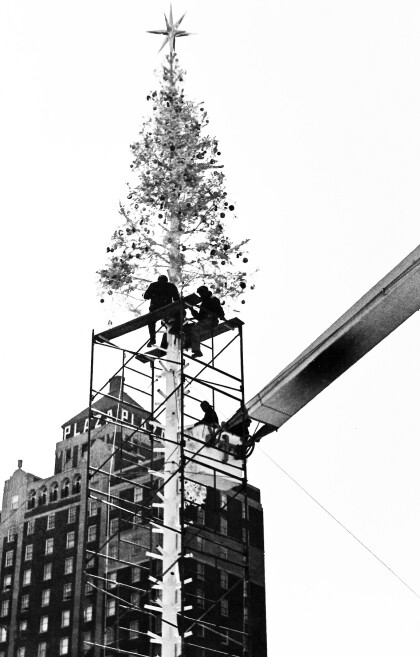
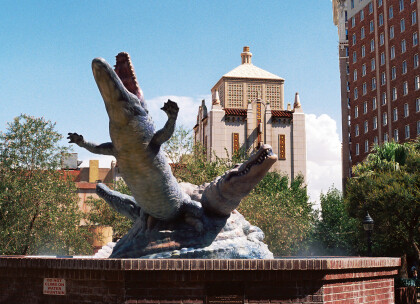
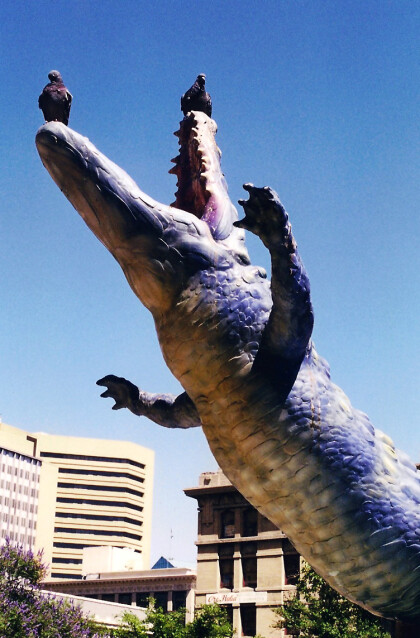
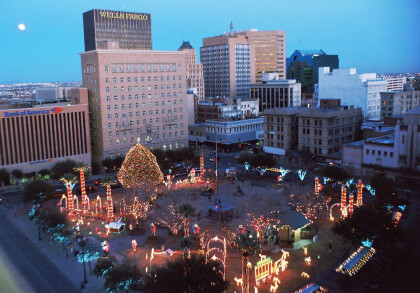
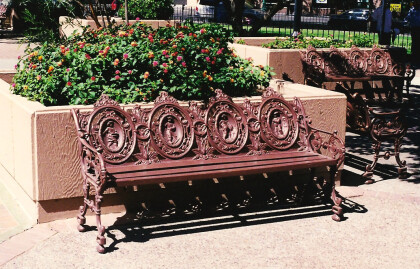
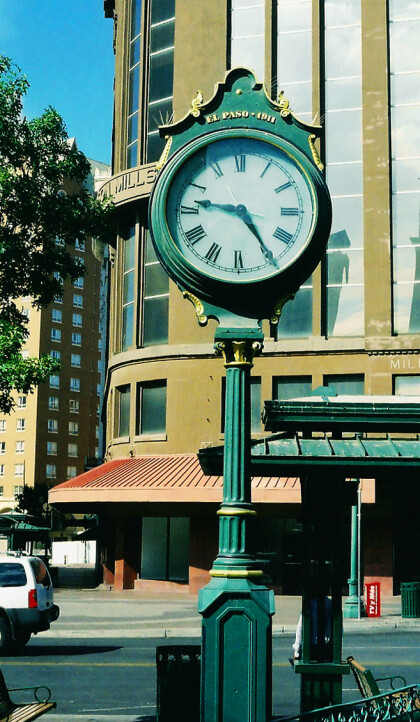
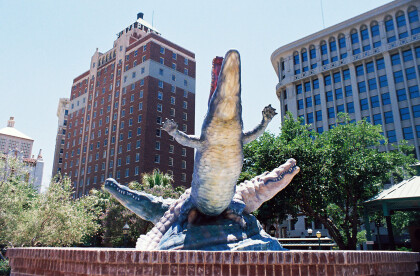
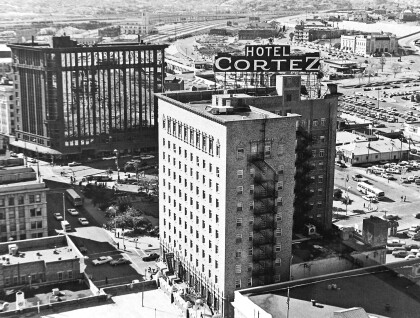
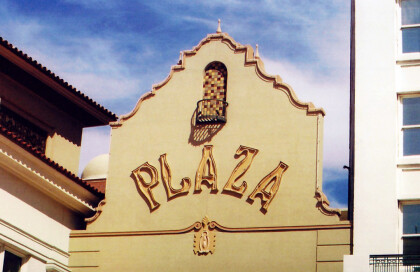
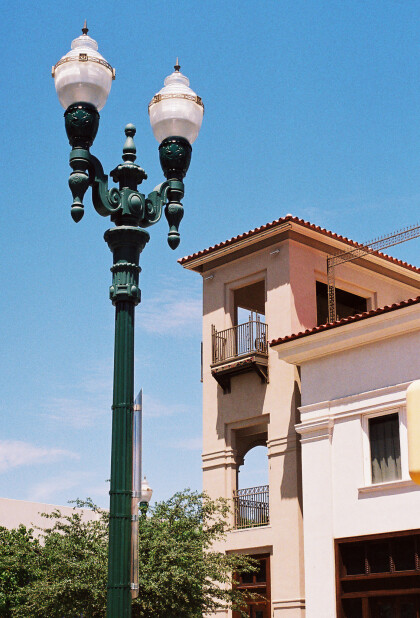
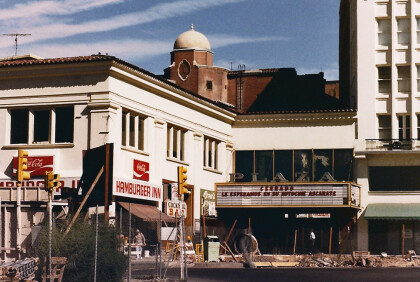


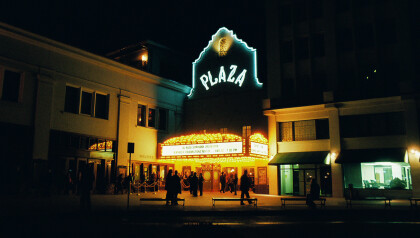

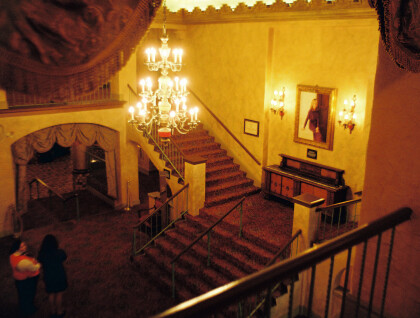
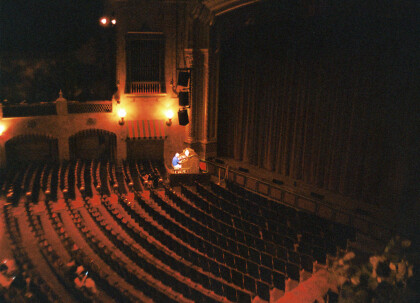
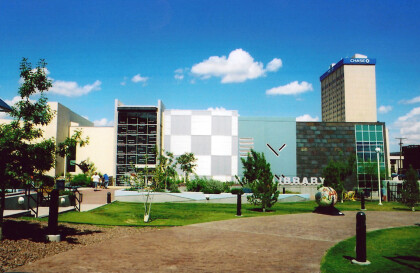
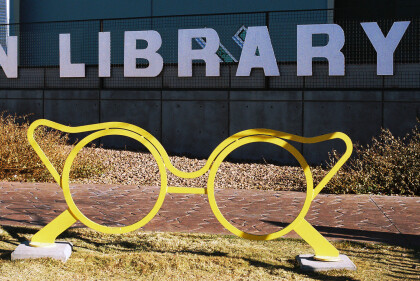


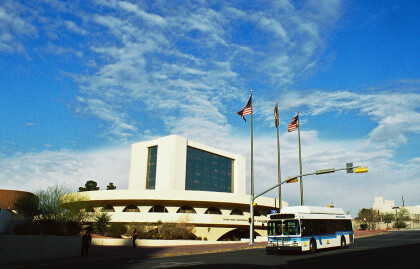
Comentarios
Hacer un comentario